Clear the Air

From work to school to home, we spend up to 90% of our time indoors. While it seems like this would protect you from the pollution outside, and that’s somewhat true, many of us don’t know that the air inside our homes is 2-5 more polluted than the air outside.
Formaldehyde. Benzene. Trichloroethylene. Toluene. Methylene chloride. They come from plywood and pressed-wood products, furniture, carpeting, cigarette smoke, new permanent-press clothing, paints, adhesives, and solvents. Even tightly closed paint cans leak VOCs (volatile organic compounds). These chemicals worsen asthma and other lung ailments and have been shown to cause cancer. They can build up in our homes and this is amplified during the winter months as doors and windows are kept closed.
Even our cleaning products can be hazardous. Products containing VOCs and other toxic substances can include:
- Aerosol spray products
- Air fresheners
- Chlorine Bleach (with heat it vaporizes to form chloroform, mixed with ammonia it forms chlorine gas)
- Detergents
- Dry cleaning chemicals
- Rug and upholstery cleaners
- Furniture and floor polish
- Oven cleaners
In warm weather we can open windows to ventilate, but what can we do in the winter?
New carpeting, furniture and pressed-wood products should be aired for 72 hours in a large, well-ventilated space before being installed, and permanent press clothing should be washed before it is worn.
Formaldehyde is used in some cosmetics, dish soaps, medicines, leather treatments and fabric softeners. Read the label before purchasing, look for certified-free products, and ventilate indoor spaces, particularly when using any product containing formaldehyde or other chemicals.
Check out the Environmental Working Group’s interactive guide for information on specific spaces, categories, and items. You can also check out LiveGreen’s cleaning page on Pinterest for natural cleaning recipes and tips.
Don’t forget the plants! Many houseplants are known to take in and store these harmful chemicals while releasing pure oxygen for you to breathe. Having plants around has been shown to lower blood pressure, reduce stress, add humidity, increase happiness, sharpen your focus and mental acuity, and help you recover from illnesses faster, just to name a few.
Here are some of the best houseplants that help clear the air of toxic chemicals:
- Peace Lily
- Warneck Dracaena
- Spider Plant
- Aloe
- Pothos
- Snake plant/Mother-in-Law’s Tongue
- ZZ plant
Most are easy to care for and survive in low-light and low-water (i.e. neglect) environments. For more information about air-cleaning houseplants, click here.
A watt of little changes adds up to big savings

Have you seen any of the new LED lights on campus? They are replacing the old fluorescent and metal halide fixtures, with dramatic results.
You have likely heard that LED bulbs save energy, and may have already converted bulbs in your house, but the same is true at the Med Center. So how much are we really saving?
First, terminology. Lightbulbs are often sold by wattage, and we’ve learned to associate that with light. e.g. 40W bulb for a lamp, 75W in the kitchen. It’s true, but it’s actually a measurement of the amount of energy you are using. A 75W bulb uses 75 watts of electricity, but puts off about 1,100 lumens of light. {Lumen, from the Latin “lūmen” meaning light/window. “Lumos” from Harry Potter makes a lot of sense now, right??}
LEDs emit lumens using substantially less watts. The light comes from small diodes so they are easily dimmable and emit less heat thereby reducing cooling costs.
Back to the savings. Lot 50, the parking garage south of the DOC, recently had all 498 fixtures converted to LEDs. The size of that garage added to the fact that it is used 24/7 meant that those lights were 8,760 hours a year.
Switching to LEDs results in an annual energy reduction of 750,601kwh. That’s enough energy to power 70 average U.S. homes! It will also save the Med Center ~$48,000 per year in electricity while reducing pollution created by burning coal…and that’s just one parking garage!
The Med Center is taking advantage of an OPPD rebate program and using the realized energy savings to purchase more LED fixtures to continue the savings.
LED project manager Brian Dykstra noted, “While those savings are impressive, it doesn’t stop there. In addition to heat-load savings, LEDs can last up to 25 times longer, we save on the maintenance costs of replacing lightbulbs. While that may sound trivial, it really add up on a campus this size.”
This is especially true when bulbs are in a vaulted ceiling like an auditorium, or always-busy spaces like the O.R. or a patient room. Greater control of the system also allows daylight harvesting and motion-sensing so lights are only on when they need to be.
LEDs will continue to be installed, based on total building use and install schedules, but you’ll be happy to know that all new buildings and remodeled spaces will have LEDs.
How Much Is Your Time Worth?
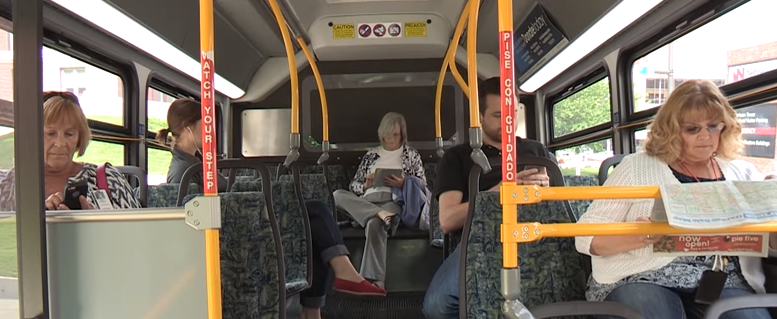
Most of us could stand to gain a few minutes back every day…there always seems to be plenty to do, and not enough time to do it.
So what if I told you there was a way to gain some of that time back, and to save money while doing it?
You can, with TravelSmart.
Wait, don’t stop reading! You may have heard of TravelSmart before and decided it’s not for you. Or maybe this is all new information. Either way, please take another 60 seconds to make sure you know the details.
If you are on the 42nd and Dewey campus and have heard of TravelSmart (here’s hoping!) you know that it provides FREE bus passes, FREE showers/locker rooms, bike racks–some of which are inside, FREE parking for carpoolers (in the same, or better, lot!), we can help you find a carpool partner from campus, and if you need it we’ll give you a FREE emergency ride home. You never have to be worried about being stranded and we can take you to your child or dependent if you want us to, and then take you both home. You can keep your parking permit and still participate, or you can turn it in to save money, your choice.
Many people participate as a way to save money, and they do. Not paying for parking, gas, vehicle maintenance, etc. really adds up! Some TravelSmarties have said it’s like getting a raise—an extra $100 not spent on commuting per month adds up to $1200 a year—and if your holiday bills are coming due now that sounds pretty good, right?
But let’s get back to time. It’s the benefit people don’t expect when they use TravelSmart. They worry that the bus route will take a few minutes longer than them driving, or that they have to meet up with a carpool partner, but don’t think about the time that is saved. You aren’t driving which means you can read, eat, relax, check emails before you get here or finish something up as you leave. You can skip the gym if you’ve biked/walked to work and back. Your commute may take a little longer than before, but you still gain time back. That can make your workday a little easier or reduce some stress at home; either way you win.
Have questions? Need help with a bus route? Email TravelSmart@unmc.edu
Waste by Confusion
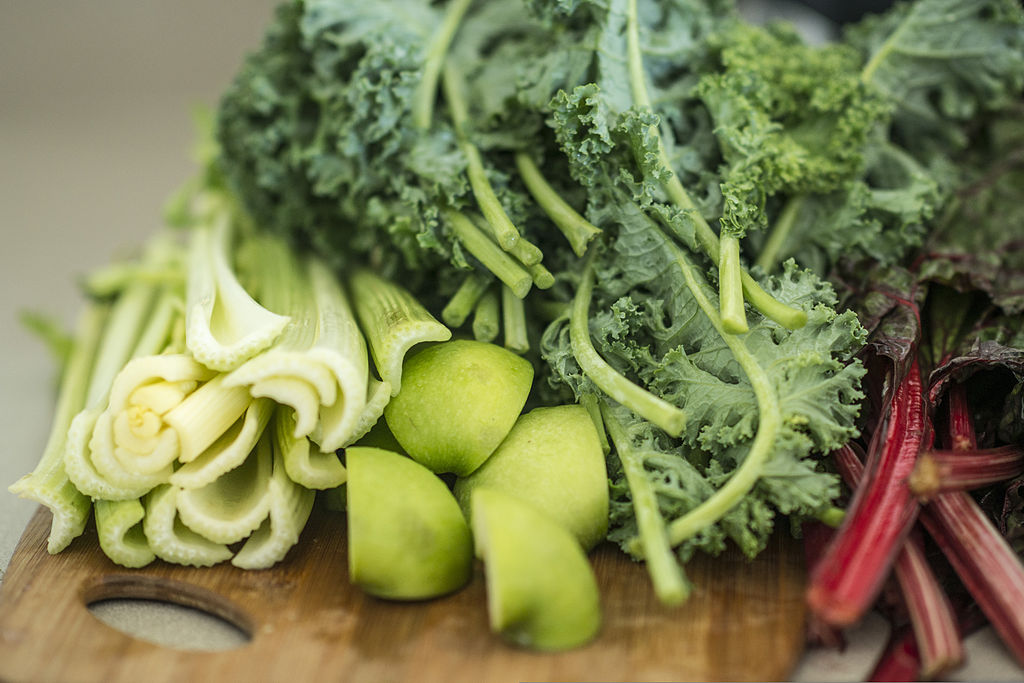
Last week we talked about the craziness that 40% of food in the U.S. is never eaten, and on average a family of 4 throws away $1500 worth of food each year which results in a waste of fuel, water, and time, among others.
Most of us don’t go to the store to pick up what we need for that day, we stock up for at least a week. This means it’s important to store food correctly so you can use everything you’ve purchased. We don’t realize how much we are throwing away when it’s a bad egg here or a moldy strawberry there.
Storing food properly to keep it edible and knowing how long you have to eat it, are two great ways to combat waste, so let’s start there.
For fresh foods, check out the NRDC’s food storage page. Change the dropdown menu to select the type of food (fruit, meat, condiment, etc.) and the most common items are listed on each page with storage information. This page will also tell you how to freeze it if you can’t use it now AND how to revive it if it’s started to wilt, brown, or soften. Did you know placing celery in cold water crisps it back up?
Mistakes will still happen, and they are compostable. If you can’t compost, consider vermicomposting inside.
When chopping vegetables save the ends and pieces you don’t want to eat by tossing them in a bag in your freezer. Once the bag is full, make vegetable stock which can be used in numerous recipes.
Then there are those pesky dates that come on prepared food. “Sell by” or “Best by” or my favorite, just a date. How are we supposed to know if it’s still OK to eat??
As it turns out, most of those foods don’t spoil, they just don’t taste as fresh. If it tastes/smells OK, it’s good; if it doesn’t/ has visible mold, it’s not. Even if it started to turn, you’d have to eat a lot in order to get sick.
More good news, those dates will be standardized by 2020 for virtually all major food manufacturers with just 2 labels: a “best if used by” to indicate freshness and a “use by” on items that may become less safe to eat as they age, like shellfish.
We’ll continue to provide food waste strategies throughout 2018, stay tuned!
Photo credit: TSgt Samuel Morse, via Wikimedia Commons
Food Resolution
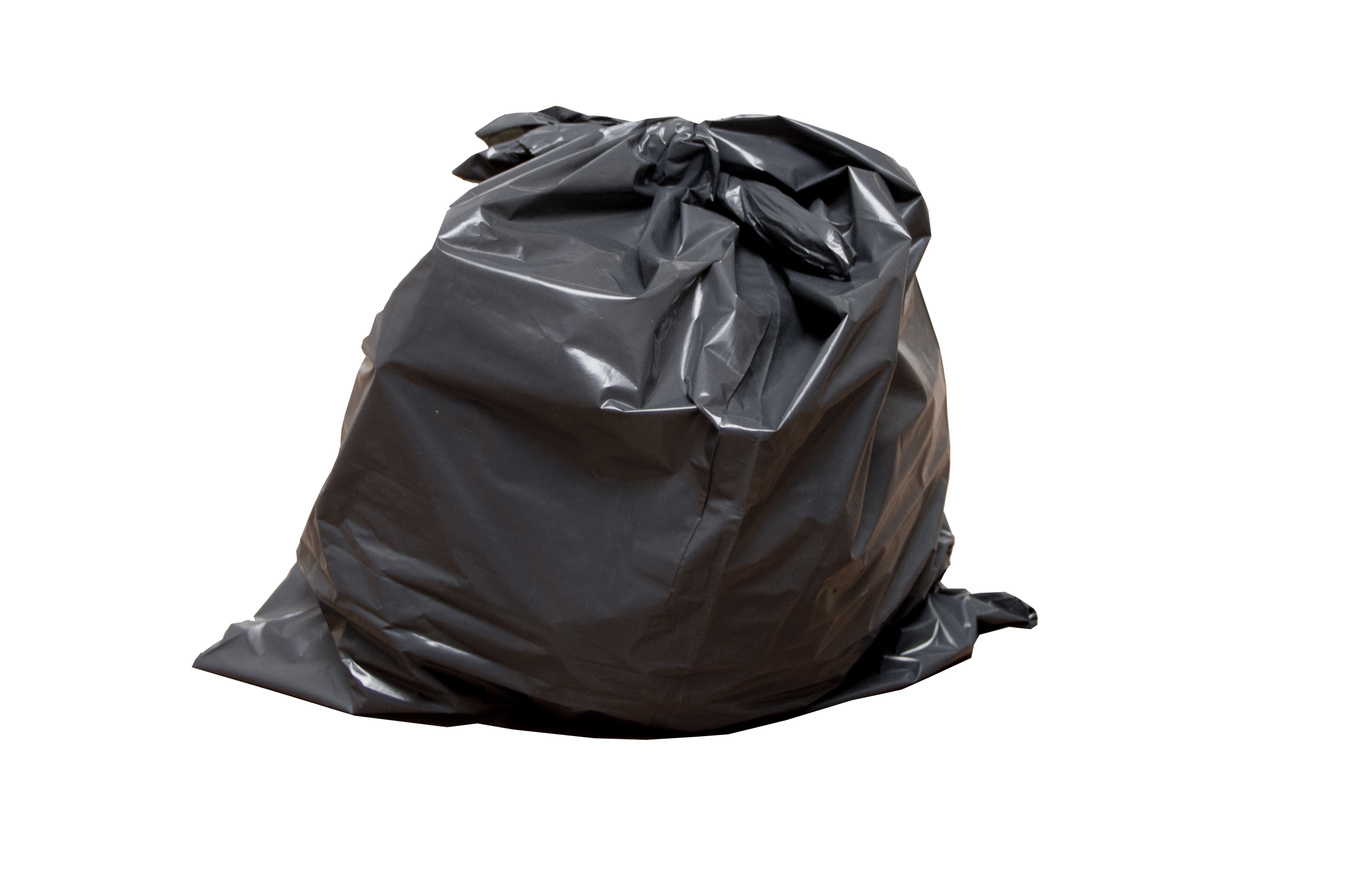
Did you know that around 40% of food in the United States is never eaten? Forty, 4-0, nearly 300lbs per person, per year! It’s absolutely crazy to consider that on average a family of 4 throws away $1500 worth of food each year. Even crazier when you consider 1 in every 8 Americans doesn’t have enough food to eat.
Eating that food instead would be like taking home an extra paycheck while saving you a couple trips to the store. Eating that food can be good for your personal health and it definitely helps the health of the planet. There’s that triple bottom line again…
Here’s few crazy stats, courtesy of the Natural Resources Defense Council:
- 20% of the food we buy goes bad before we eat it
- 90% of us throw food away too soon—we thinks it’s bad or the date on the package is confusing
- There is more food in landfills than anything else. It contributes more to climate pollution than all the cars in the state of Georgia.
- All food production requires water, whether it’s a whole food or processed. Did you know you’d have to run your shower for 42 minutes to equal the water needed for 1lb of bananas?
- 90 minutes for just 4oz of chocolate
- 104 minutes for 1lb of chicken
- A whopping 370 minutes for 1lb of beef
- Not to mention the other resources used (largely fuel) to procure-plant-grow-harvest-transport-package-transport, just to get it to you.
Food waste is not an easy issue, but there are many ways to tackle the problem and many resources to help you save. Throughout the year we will cover a lot of these so you can save your hard-earned money and reduce waste.
Lets’ start right now.
While it’s not surprising that food waste (all waste, actually) increases during the holidays, did you know that the 2nd most wasteful time is January? The University of Vermont found that resolutions drive people to purchase healthy food…but they still purchase the same amount of non-healthy/junk food as before. This leads to more food waste.
If you are one of the many people with a resolution that involves food, be honest with yourself. Then ease into changes, meal plan, and follow a shopping plan to help you achieve your personal health goals, while saving your money, and using less natural resources. Mistakes will still happen, compost them.
photo credit: freeimages.com/lenteui
Button Pushers

You rush up to a building and it’s so cold out that you hit that magical door opening button, also known as an ADA button, so you don’t have to touch the handle. The door swings open for you and you scamper inside.
You’ve done a good deed, right? You kept your hands cleaner, used a button that is meant to be used, and in the case of the DOC and Clarkson, didn’t use the big revolving door to sweep cold air into the building. Those are all good thoughts, but unfortunately, wrong.
ADA buttons are designed to be used by people who cannot hold the door open for themselves while safely getting through the doorway. They can also be used in areas where large items, generally carts or beds, will be taken through and the door needs to be held open.
So, let’s dispel some myths:
ADA doors are still designed to be used manually. Even if you can hear the gears moving, you are not damaging them. If you are still concerned, use the door on the other side.
Our EVS staff cleans door handles and ADA buttons regularly as part of infection control. However, the area you touch on a door is larger and you are more likely to touch a different area there, than you would on an ADA button. Not necessarily dirtier, but definitely not any cleaner.
ADA doors are often used by individuals who believe they need to use them and doors stay open much longer than they would otherwise, letting in a lot of cold/hot air. In addition to making people in the adjacent areas uncomfortable, we use a LOT of energy to counter that change in temperature.
In the case of the DOC or Clarkson revolving door, that door actually helps maintain pressure in the building and does not bring in a lot of outside air. The ADA door stays open and allows air to be sucked right into the building, making the lobby and atrium cold/hot until our system can catch up.
Who knew such a little action could have such a big impact? Think before you hit the button next time, and only use it if you need to; you’ll save energy and make spaces more comfortable for employees and visitor. Plus, you don’t turn out like this guy!
Holiday Cleanup
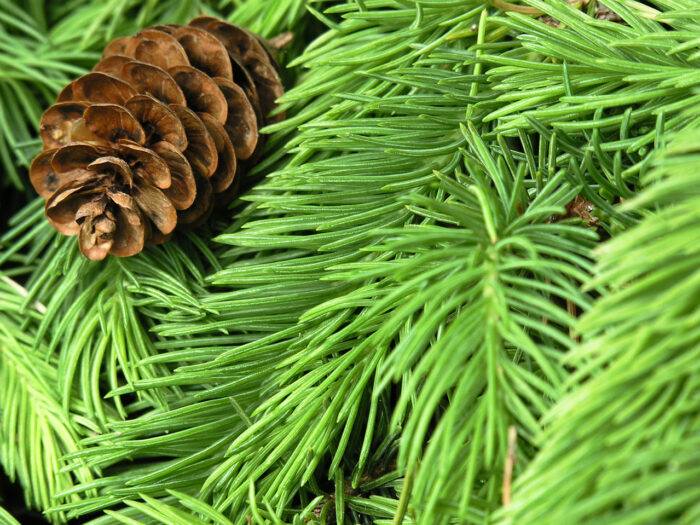
By Melanie Stewart
We provided ways to reduce waste and recycle during the holidays; as cleanup begins there are many ways reduce the amount of waste heading to the landfill and you can help others.
Christmas trees can be reused in your own yard; whole to provide birds some shelter or branches can be cut off and placed over perennial plants to protect again frost heave. Omaha provides recycling locations, click here for rules, updated locations, and hours. Volunteers will be there December 30th & 31st and again January 6th & 7th from 10am-4pm to help unload.
If you would like pickup, consider the BoyScouts in both Lincoln and Omaha metro area. The “Scouting for Trees” program is available online and you can have them pick up the trees from your curb and take them to be recycled. They continue this later than the dropoff sites and it is a free community service.
If you are taking down outdoor lights and find they are dead or you don’t need all that you have, take them to Scrap Central, for free recycling. Remove all packaging, bags, twist-ties, and rubber bands and Scrap Central will recycle them, donating the proceeds to local charities.
While recycling is great, reducing and reusing is the best way to go. Did you or your kids get battery operated gadgets? Rechargeable batteries are worth the up front cost, both for your budget and the environment. If you upgraded your electronic devices, remember to repurpose or recycle the old ones.
Did you struggle to buy gifts for people on your list? Get gifts you don’t want or need? Maybe you have leftover canned or packaged goods bought for holiday cooking you didn’t end up using? Or struggle to find time to get it all done? Start talking to your family now about ways to make changes for next year; focus less on presents and more on your time and happiness.
Speaking of the gifts you don’t need, don’t throw them away or let them clutter up your home, donate them. Lots of people donate items during the holiday season, but the need is there year round, and especially when it’s cold outside.
Unopened toiletries (including hotel/travel size), scents, clothing, functional items, electronics, and non-prepared food can be donated to a variety of shelters and charities, including the VA Medical Center, Youth Emergency Services, Siena Francis House, Food Bank for the Heartland, Salvation Army, Paralyzed Veterans of America, Habitat for Humanity ReStore, Open Door Mission, just to name a few. Check out Donation Town to find a charity near you.
If you or your child received books and you need to make room on your shelf, don’t forget the Little Free Library!
photo: freeimages.com/BobSmith
Carbon Monoxide Poisoning
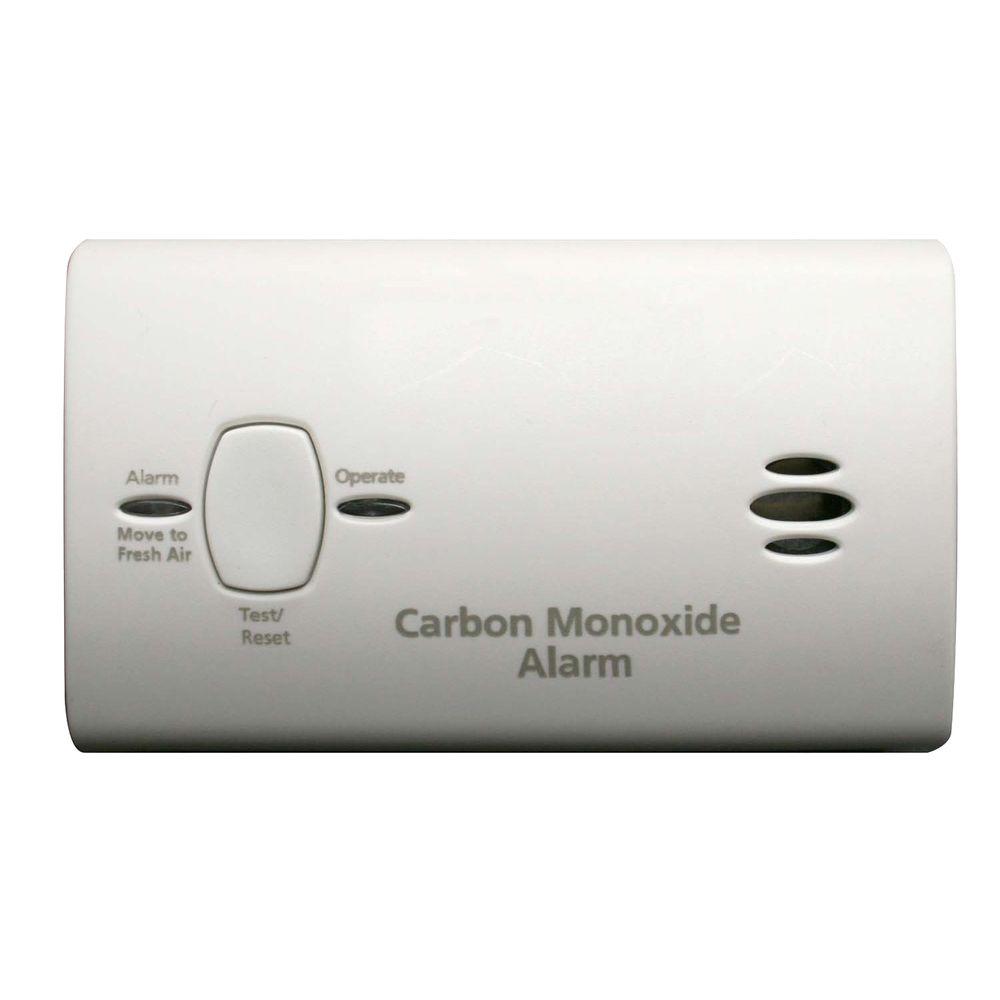
In the sustainability world, most of the conversation revolves around carbon dioxide, but this time of year it’s important to remember that indoor air quality can be dramatically impacted by the presence of Carbon Monoxide (CO), with serious health consequences.
Did you know calls to the Poison Center concerning CO have already exceeded last year’s exposures, even with the mild weather?
Did you know the Centers for Disease Control and Prevention ranked Nebraska as one of the states with the highest mortality rate from CO?
They also note that each year in the U.S. there are more than 400 deaths and approximately 15,000 ER visits due to CO poisoning. Understand the dangers, symptoms, and prevent your family from being effected.
Get the facts on CO:
Who: A silent killer
What: Carbon Monoxide
When: Highest risk of danger is in November, December, January, and February
Where: It could be in your home, right now
Why: CO is produced when fuels burn incompletely
What you should do if you see CO? You won’t. CO is colorless, odorless, and tasteless. That’s why it’s so deadly. Symptoms of CO poisoning include sleepiness, headache, dizziness, blurred vision, vomiting, shortness of breath and convulsions. Symptoms of carbon monoxide poisoning resemble those associated with other health conditions that are common among the elderly, especially in the winter. The carbon monoxide death rate is highest among people greater than 65 years of age.
If you or a member of your family have any of these symptoms, get the victim outside to fresh air ASAP and then seek medical attention.
As always prevention is the key. The Poison Center offers the following suggestions to prevent CO poisoning:
- Install carbon monoxide alarms on every level of your home.
- Inspect all fuel-burning equipment yearly.
- Vent fuel-burning heaters to the outside.
- Do not use a gas range or an oven for heating a room.
- Never use a charcoal or gas grill inside.
- Never leave a car running in an attached garage, even with the garage door open.
- Run generators a safe distance from the home – never next to a window, door or vent.
- Have vehicle muffler and tailpipes checked regularly.
If you suspect carbon monoxide poisoning or have any questions, contact the Nebraska Regional Poison Center toll-free at 1-800-222-1222. Nurse Specialists are available 24/7 to assist you.
Effective January 1, 2017, a Nebraska State Law requires carbon monoxide alarms in all residences that are sold, rented or remodeled. CO monitors are relatively inexpensive, but if you need assistance, your local fire station may be able to provide one at no cost to you, including free installation. {They will also replace smoke detector batteries at no cost, especially nice if you have one in a hard to reach spot or shouldn’t be on a ladder!}
The Nebraska Regional Poison Center encourages all residences to have a carbon monoxide alarm.
A Sustainable Holiday Season
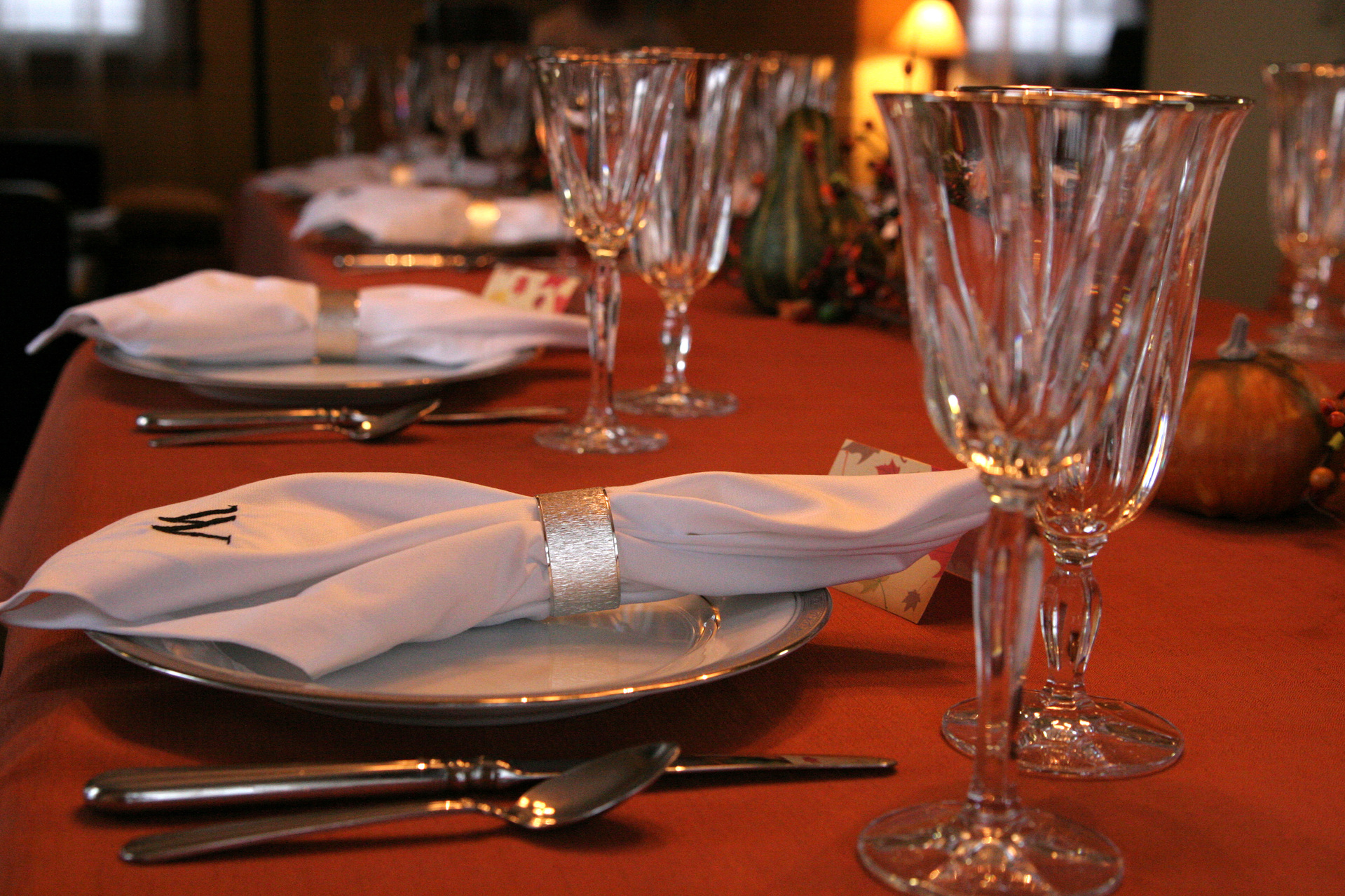
By Melanie Stewart
Americans continue to say they would prefer to reduce the focus on gifts during the holidays, with a recent survey showing 69% would agree to forgo gifts entirely so they could save money and spend more time with loved ones. Even if that’s the desire, the reality is that consumption is still a focus, and this causes waste to increase by 25% (1 million tons/week more to landfills) between Thanksgiving and New Year’s. Not really surprising when you starting thinking about all the shopping, eating, and traveling.
Seemingly little actions add up and there are lots of things you can do to reduce your waste and have a happier, healthier holiday season:
- Reduce the focus on gifts and concentrate on the things that really matter, especially your sanity.
- If you exchange gifts, consider buying experiences, like museum/zoo membership, or donations instead of stuff. Consolidate your shopping trips to save gas, take reusable bags, consolidate online shopping to save on shipping, and look for products that contain recycled content and responsibly sourced materials.
- Wrap gifts in reused materials; if every American household wrapped 3 gifts in reused materials (brown paper packages tied up in strings…maps, Sunday comics, cloth bags) enough paper would be saved to cover 45,000 football fields! For everything else, use recycled content paper and reusable gift-bags, boxes, and bows.
- Recycling old lights helps local groups now or recycle them any time of year, and replace with new, efficient, LED lights…which use 70% less
- Hosting? Buy food in bulk to reduce packaging waste, but menu plan to reduce food waste, and serve with reusable plates/cups/utensils/napkins.
- Make it easy for guests to recycle, and recycle everything you can’t reuse.
- Consider sending E-cards; saving trees, your time, and money. Recycle or reuse (for decoration, future gift tags, or craft projects) any cards you receive.
- If batteries are needed, buy rechargeable—they’ll save you money and trips to the store in the long run. Recycle single use batteries.
- Check your thermostat: more people and more cooking means the temp can be lowered. Every 2 degrees lower saves $100 a year, saves the equivalent carbon emissions as driving a car 3,000 miles, and people get to be comfortable in their (reused) ugly Christmas sweaters.
- Reduce junk mail by contacting Catalog Choice to remove your name from marketers’ databases.
- As soon as it’s available, LiveGreen will provide information on recycling trees. Stay tuned!
Fall Finale

By Melanie Stewart
With above average temps throughout November, winter may be sneaking up on you.
Thinking about cleaning up your yard? Stop right there! Delaying your cleanup until spring helps birds and beneficial insects by providing seeds to eat and an area of shelter. If you need to clean up some of your yard, consider leaving other sections untouched. If you do clean up, collect seeds and leave those out for birds over the winter. If you have seeds that need to cold stratify (like milkweed) you can plant them now so they will come up in the spring.
Now is a great time to remove turf-grass and have a new place to plant in the spring, by sheet mulching.
That process uses leaves, which need to be to collected! Did you know leaves can clog storm inlets and sewer pipes causing water in basements? Leaves in local waterways decompose, remove oxygen from the water, and change nutrient levels which can be damaging to plants and wildlife that depend on that water. Farmers are impacted too…with big economic impacts.
So rake them up, use them as mulch in your yard/garden, compost them on site, leave a pile in a corner for birds and insects, or if nothing else dispose of them with yardwaste.
This is also a good time to make spring garden plans. While you may be planting spring bulbs, I’d like to recommend planting natives that will benefit early arriving bees. These native bees (not honeybees) need nutrients to get going and count on high-quality nectar and pollen from specific plants to survive. Consider planting native willows, ephemerals, and other early bloomers to help them.
Native plants are the most sustainable plants as they have survived here for thousands of years and are adapted to water conditions, hot/cold temperatures, pests, and soils. This means easier care for you, no toxic fertilizers or insecticides, and a better plant for wildlife and the environment.
Need help finding the right plant while surviving the cold winter nights? Check out OmahaPlants.org You can search by various criteria and when viewing a plant you will learn the color of the bloom and stems, when it blooms (vary this to provide for pollinators all season long), what pollinators it attracts (if any), if it’s native, and if it will work in a bioretention/rain garden. The National Wildlife Federation has a native plant finder too.
